Home>Gardening & Outdoor>Pool & Spa Care>How To Cut Up A Hot Tub
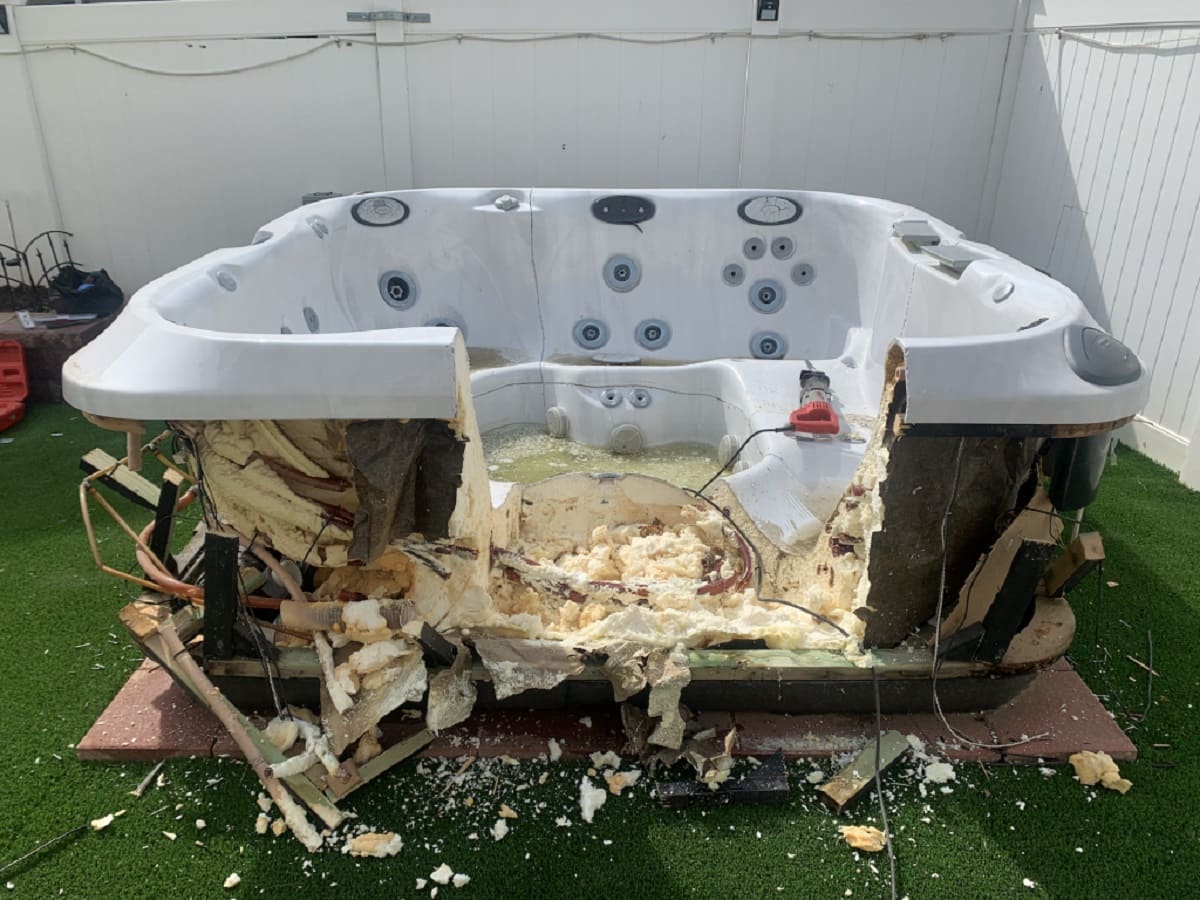

Pool & Spa Care
How To Cut Up A Hot Tub
Modified: February 26, 2024
Learn the step-by-step process of cutting up a hot tub for easy removal and disposal. Get expert tips for pool and spa care.
(Many of the links in this article redirect to a specific reviewed product. Your purchase of these products through affiliate links helps to generate commission for Storables.com, at no extra cost. Learn more)
Introduction
Welcome to the world of hot tubs, where relaxation and rejuvenation await. As much as we cherish the soothing embrace of a hot tub, there may come a time when we need to bid adieu to an old tub, making way for a new one. Whether you’re upgrading to a more modern model or simply need to remove an old hot tub, knowing how to cut up a hot tub is essential. In this comprehensive guide, we’ll walk you through the process, ensuring that you can safely and efficiently dismantle and dispose of your hot tub.
Before we delve into the nitty-gritty of cutting up a hot tub, it’s crucial to emphasize the importance of safety. This undertaking involves various tools and potentially hazardous processes, so taking the necessary precautions is paramount. By following the steps outlined in this guide, you’ll be equipped with the knowledge and confidence to tackle this task with precision and care.
So, let’s roll up our sleeves and embark on this hot tub dismantling adventure. With the right tools, a methodical approach, and a commitment to safety, you’ll soon be on your way to efficiently cutting up and disposing of your old hot tub, paving the way for new memories and relaxation in your revamped outdoor oasis.
Key Takeaways:
- Safety is crucial when cutting up a hot tub. Power down, wear protective gear, and use proper tools to ensure a secure and incident-free dismantling process.
- Responsibly dispose of hot tub parts by segregating materials, exploring recycling opportunities, and complying with waste management regulations. Prioritize sustainability and environmental stewardship.
Read more: How To Heat Up Hot Tub
Safety Precautions
Before you begin the process of cutting up a hot tub, it’s crucial to prioritize safety. Dismantling a hot tub involves various potential hazards, from electrical components to heavy materials, so taking the necessary precautions is essential to ensure a safe and efficient dismantling process.
Here are some key safety precautions to keep in mind:
- Power Down: Start by ensuring that the hot tub is completely powered down. This involves disconnecting it from any electrical source and ensuring that all components are inactive.
- Protective Gear: Wear appropriate protective gear, including goggles, gloves, and closed-toe shoes, to safeguard yourself from potential debris, sharp edges, and hazardous materials.
- Secure the Area: Clear the area around the hot tub to create a safe and unobstructed workspace. Remove any obstacles and ensure that the work area is well-lit and ventilated.
- Use Proper Tools: Utilize the appropriate tools for the job, ensuring that they are in good condition and suitable for the task at hand. This includes saws, drills, and other cutting implements.
- Assess Structural Integrity: Before cutting into the hot tub shell, assess its structural integrity to identify any potential risks or weaknesses that may impact the dismantling process.
- Dispose of Waste Safely: Plan for the safe disposal of hot tub components and materials. This may involve coordinating with waste disposal services or recycling facilities to ensure responsible and environmentally friendly disposal.
By adhering to these safety precautions, you’ll create a secure environment for dismantling your hot tub, mitigating potential risks and ensuring a smooth and safe process. Remember, safety is paramount, and taking the time to prepare and prioritize precautions will contribute to a successful and incident-free dismantling endeavor.
Gathering the Necessary Tools
Before embarking on the task of cutting up a hot tub, it’s essential to gather the appropriate tools to facilitate the dismantling process. Having the right tools at your disposal will streamline the task and enable you to tackle each step with efficiency and precision. Here’s a rundown of the essential tools you’ll need:
- Protective Gear: Prioritize safety by equipping yourself with protective gear, including safety goggles, heavy-duty gloves, and sturdy closed-toe shoes. These items will safeguard you from potential debris, sharp edges, and other hazards.
- Power Tools: Invest in quality power tools such as a reciprocating saw, angle grinder, or jigsaw with appropriate blades for cutting through the hot tub shell. These tools will expedite the cutting process and ensure clean and precise cuts.
- Hand Tools: A sturdy pry bar, screwdrivers, adjustable wrenches, and pliers will be indispensable for removing components, disconnecting plumbing and electrical fittings, and disassembling the hot tub’s internal structure.
- Utility Knife: A sharp utility knife will come in handy for cutting through sealants, gaskets, and other materials that may secure components within the hot tub.
- Work Lights: Adequate lighting is essential for maintaining visibility and precision during the dismantling process. Portable work lights or headlamps can illuminate the work area, especially if the hot tub is located in a dimly lit space.
- Reciprocating Saw Blades: Ensure that you have a supply of durable and appropriate blades for your reciprocating saw. Tungsten carbide or bi-metal blades designed for cutting through fiberglass or plastic materials are ideal for this task.
- Drain Pump or Siphon: To facilitate the draining of the hot tub, a drain pump or siphon will be necessary to remove the water efficiently before dismantling the tub.
- Container for Debris: Prepare a large, sturdy container or skip for collecting and disposing of the dismantled hot tub components and waste materials.
By ensuring that you have these essential tools at your disposal, you’ll be well-equipped to commence the hot tub dismantling process with confidence and efficiency. With safety gear in place and the necessary tools at hand, you’re ready to embark on the next steps of draining, disconnecting, and ultimately cutting up your hot tub.
Draining the Hot Tub
Before diving into the physical dismantling of the hot tub, the first step is to ensure that it is completely drained of water. Draining the hot tub not only makes the dismantling process more manageable but also reduces the overall weight, making it easier to handle and transport the components. Here’s a step-by-step guide to effectively draining your hot tub:
- Locate the Drain Valve: Identify the drain valve or plug on the hot tub. This is typically located near the bottom of the tub and may require a wrench or specific tool to open.
- Prepare the Drainage Area: Position a suitable drainage hose or siphon to direct the water from the hot tub to a designated drainage area. Ensure that the hose is securely attached to the drain outlet to prevent leaks or spills.
- Open the Drain Valve: Carefully open the drain valve or remove the plug, allowing the water to flow out of the hot tub. Depending on the volume of water, this process may take some time, so exercise patience as the tub empties.
- Assist Drainage if Needed: If the hot tub has residual water that is difficult to drain through the primary outlet, use a submersible pump or siphon to extract the remaining water from the tub.
- Verify Complete Drainage: Once the water has been drained, visually inspect the tub to ensure that all water has been removed. Tilt the hot tub slightly if necessary to allow any trapped water to escape.
By effectively draining the hot tub, you’ll set the stage for the subsequent steps of disconnecting electrical components and cutting the tub shell. This preparatory phase not only facilitates the dismantling process but also minimizes the risk of water damage and ensures a smoother transition to the next stages of dismantling and disposal.
Disconnecting and Removing the Electrical Components
As you proceed with the dismantling of your hot tub, it’s essential to prioritize the safe removal of electrical components to prevent any potential hazards. Before commencing this phase, ensure that the hot tub is completely disconnected from any power source. Here’s a comprehensive guide to effectively disconnecting and removing the electrical components from your hot tub:
- Turn Off the Power: Begin by ensuring that the power supply to the hot tub is completely shut off. This involves switching off the circuit breaker or disconnecting the power supply at the main electrical panel.
- Identify Electrical Connections: Locate and identify all electrical connections within the hot tub, including control panels, pumps, heaters, lights, and any other electrical components.
- Label and Disconnect Wires: Carefully label each electrical wire or cable to indicate its corresponding component or function. This will facilitate reconnection if any components are salvaged or repurposed. Proceed to disconnect the wires, ensuring that they are fully detached from their respective terminals or connectors.
- Remove Control Panels and Components: If applicable, remove control panels, circuit boards, and other electrical control units from the hot tub. Exercise caution and refer to the manufacturer’s manual or documentation for specific instructions regarding the safe removal of these components.
- Secure and Insulate Wires: After disconnecting the electrical components, carefully secure and insulate the exposed wires to prevent accidental contact or electrical hazards. Utilize electrical tape or wire caps to cover and protect the wire ends.
- Store Components Safely: Store the removed electrical components in a safe and dry location, ensuring that they are protected from moisture and potential damage during the remaining dismantling process.
By meticulously following these steps, you’ll ensure the safe and systematic removal of electrical components from your hot tub. Prioritizing safety and precision during this phase will contribute to a smooth and secure dismantling process, setting the stage for the subsequent steps of cutting and removing the hot tub shell.
Before cutting up a hot tub, make sure to drain all the water and disconnect any electrical components. Use a reciprocating saw with a metal-cutting blade to carefully cut the tub into smaller pieces for easier removal. Always wear protective gear and work with a partner for safety.
Read more: How To Fill Up A Hot Tub
Cutting the Hot Tub Shell
With the preparatory steps of draining the hot tub and disconnecting its electrical components completed, the next phase involves cutting through the hot tub shell. This pivotal step requires precision and the appropriate tools to effectively dismantle the tub. Here’s a comprehensive guide to cutting the hot tub shell:
- Assess the Shell Material: Determine the composition of the hot tub shell, whether it is fiberglass, acrylic, or another material. This information will guide the selection of suitable cutting tools and techniques.
- Select the Cutting Tool: Choose a high-quality cutting tool appropriate for the material of the hot tub shell. A reciprocating saw with a fine-toothed blade or an angle grinder equipped with a cutting wheel are commonly used for this purpose.
- Plan the Cutting Points: Identify strategic points on the hot tub shell for cutting. Depending on the desired sections and the internal structure of the tub, plan the cuts to facilitate the dismantling process and minimize handling of large, unwieldy sections.
- Execute Precise Cuts: With the selected cutting tool, carefully and precisely cut through the hot tub shell along the predetermined points. Exercise caution to maintain control over the cutting tool and produce clean, straight cuts.
- Work in Sections: Divide the hot tub shell into manageable sections for ease of handling and disposal. This may involve cutting the tub into halves, quarters, or smaller segments, depending on its size and the available means of transport for the dismantled sections.
- Dispose of Waste Materials: As each section is cut and detached from the main shell, carefully collect and dispose of the waste materials in a designated container or skip. Ensure that the area remains clear of debris to maintain a safe working environment.
By methodically following these steps, you’ll effectively cut through the hot tub shell, preparing it for the subsequent phase of removing the sections. Precision and careful planning during this stage will contribute to a streamlined and efficient dismantling process, bringing you closer to the successful disposal of the hot tub components.
Removing the Hot Tub Sections
With the hot tub shell successfully cut into manageable sections, the next phase involves the careful removal of these segments. This step requires attention to detail and the use of appropriate tools to safely extract the sections from the dismantled hot tub. Here’s a comprehensive guide to removing the hot tub sections:
- Assess Weight and Accessibility: Evaluate the weight and dimensions of each hot tub section to determine the most effective approach for removal. Ensure that the sections are accessible for extraction and transport.
- Utilize Lifting and Moving Equipment: Depending on the weight and size of the sections, employ suitable lifting equipment such as a hand truck, dolly, or straps to facilitate the removal process. Enlist the assistance of others to ensure safe handling.
- Coordinate Extraction: Carefully maneuver each section of the hot tub, ensuring that it is lifted and removed from the workspace without causing damage to surrounding structures or posing safety risks.
- Clear Pathways and Obstacles: Clear any obstacles and create clear pathways for transporting the hot tub sections to the designated disposal area. This may involve temporarily relocating items or creating a clear route for efficient removal.
- Secure Disposal Area: Prepare the designated disposal area to accommodate the removed hot tub sections. Ensure that the area is clear, stable, and accessible for depositing the dismantled components.
- Dispose Responsibly: Transport the hot tub sections to the designated disposal area, exercising caution to avoid damage to property or injury. Coordinate with waste disposal services or recycling facilities for responsible and environmentally friendly disposal of the sections.
By meticulously following these steps, you’ll safely and efficiently remove the hot tub sections, clearing the workspace and preparing for the final phase of disposing of the dismantled components. Attention to detail and a focus on safety during this stage will contribute to a successful and seamless extraction process, bringing you closer to completing the dismantling endeavor.
Disposing of the Hot Tub Parts
As the hot tub sections have been successfully removed from the workspace, the final phase of the dismantling process involves responsibly disposing of the dismantled components. Proper disposal is essential to minimize environmental impact and ensure that the materials are handled in accordance with waste management regulations. Here’s a comprehensive guide to disposing of the hot tub parts:
- Segregate Materials: Separate the dismantled hot tub components into distinct material categories, such as fiberglass, plastic, metal, and electronic waste. This segregation facilitates efficient recycling and disposal processes.
- Recycling Opportunities: Identify recycling facilities or scrap yards that accept the specific materials from the hot tub, such as fiberglass, plastic, and metal. Coordinate with these facilities to deliver the materials for recycling, reducing the environmental impact of the disposal process.
- Electronic Waste Disposal: Dispose of the electrical components and wiring from the hot tub in compliance with electronic waste disposal regulations. Many municipalities offer electronic waste recycling programs or designated drop-off locations for safe disposal of these materials.
- Landfill Considerations: If recycling options are limited for certain materials, such as fiberglass, assess the feasibility of landfill disposal in accordance with local regulations. Check with waste management authorities to determine the appropriate landfill disposal procedures for non-recyclable materials.
- Transportation and Delivery: Arrange for the transportation of the segregated hot tub components to the designated recycling facilities, scrap yards, or waste disposal sites. Ensure that the materials are securely loaded and transported in compliance with safety and transportation regulations.
- Documentation and Compliance: Maintain records of the disposal process, including receipts or documentation from recycling facilities and waste disposal sites. This documentation ensures compliance with waste management regulations and provides a record of responsible disposal practices.
By conscientiously following these steps, you’ll ensure the responsible and environmentally friendly disposal of the dismantled hot tub parts. Prioritizing recycling opportunities, complying with waste management regulations, and maintaining meticulous records contribute to a sustainable and ethical disposal process, minimizing the environmental impact of the dismantling endeavor.
Conclusion
Congratulations on successfully navigating the process of cutting up and disposing of your hot tub! Dismantling a hot tub may initially seem like a daunting task, but with the right tools, preparation, and attention to safety, you’ve effectively transformed a complex undertaking into a manageable and rewarding endeavor. As you reflect on the journey from draining the hot tub to responsibly disposing of its components, it’s evident that your commitment to safety and environmental consciousness has been instrumental in achieving a successful outcome.
Throughout this dismantling process, you’ve demonstrated a commendable dedication to safety precautions, ensuring that each step was approached with precision and care. By prioritizing protective gear, meticulous electrical component disconnection, and strategic cutting techniques, you’ve upheld a steadfast commitment to safety, creating a secure environment for the dismantling process.
Moreover, your conscientious approach to waste management and responsible disposal has underscored the importance of environmental stewardship. By segregating materials, exploring recycling opportunities, and adhering to waste management regulations, you’ve exemplified a commitment to sustainability, mitigating the environmental impact of the disposal process.
As you bid farewell to your old hot tub, you’ve not only cleared space for new possibilities but also embraced the opportunity to engage in a hands-on, environmentally conscious project. Your dedication to safety, precision, and responsible disposal practices serves as a testament to your commitment to both personal well-being and environmental sustainability.
With the dismantling process now behind you, take a moment to appreciate the knowledge and skills you’ve gained throughout this endeavor. Whether you’re embarking on a new hot tub installation or simply seeking to responsibly dispose of an old one, the experience gained from this process will undoubtedly serve you well in future home improvement projects.
As you reflect on this journey, remember that your dedication to safety, environmental responsibility, and meticulous execution has not only resulted in a successfully dismantled hot tub but also exemplified the transformative power of conscientious action. With this accomplishment, you’ve not only enhanced your outdoor space but also contributed to a more sustainable and mindful approach to home improvement projects.
As you embark on future endeavors, may the knowledge and experience gained from this dismantling process continue to inspire and guide you toward safe, sustainable, and rewarding outcomes. Cheers to your success and to the new possibilities that await in your rejuvenated outdoor oasis!
Frequently Asked Questions about How To Cut Up A Hot Tub
Was this page helpful?
At Storables.com, we guarantee accurate and reliable information. Our content, validated by Expert Board Contributors, is crafted following stringent Editorial Policies. We're committed to providing you with well-researched, expert-backed insights for all your informational needs.
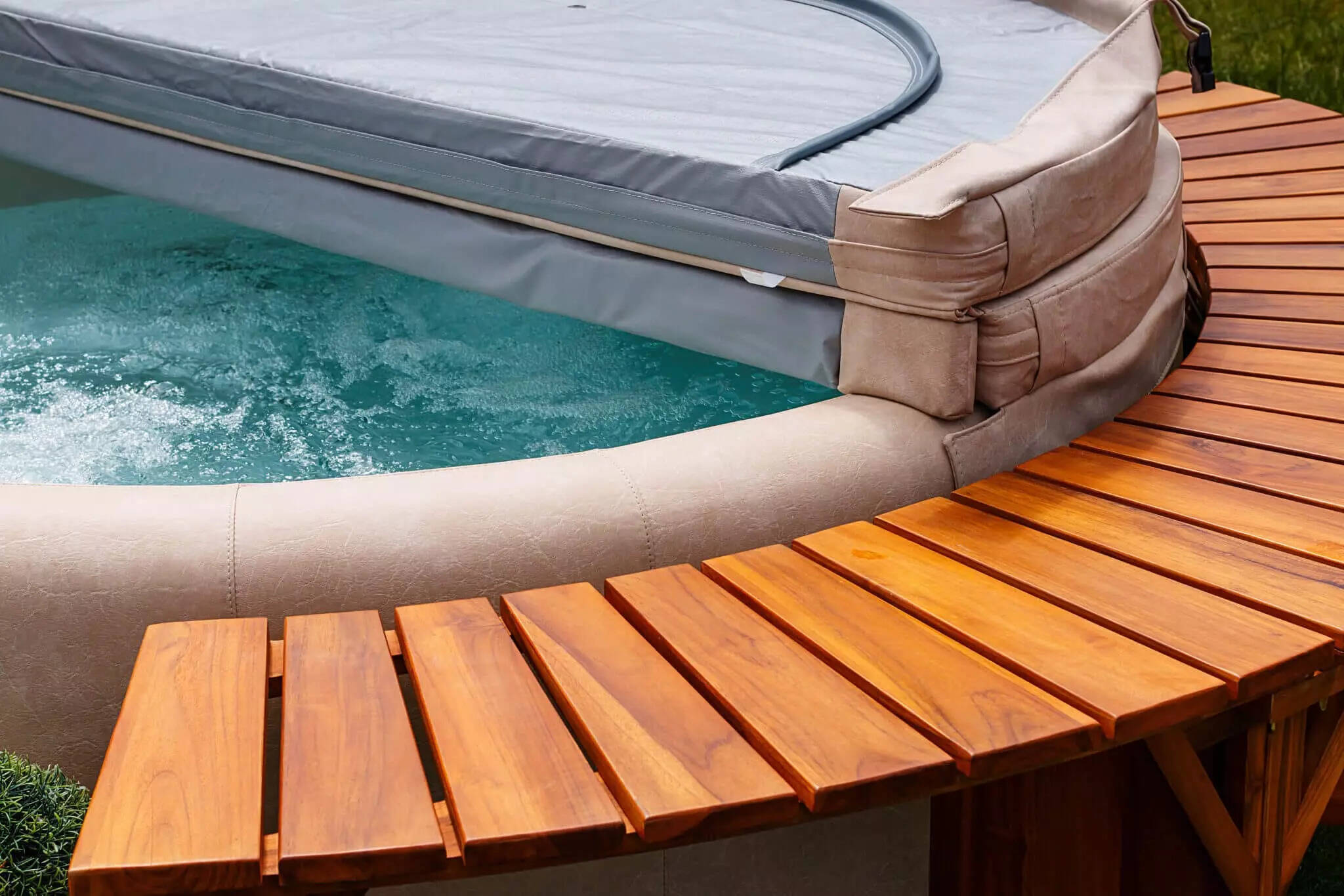
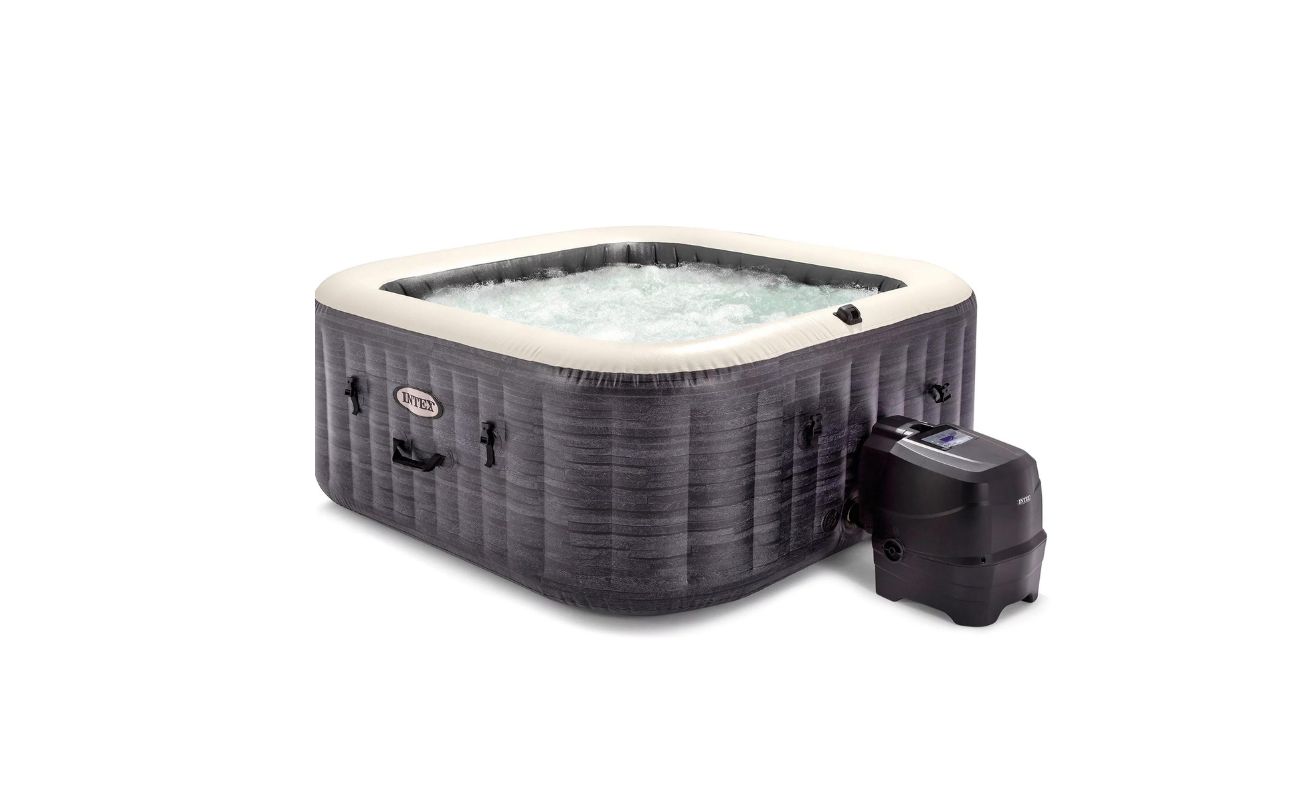
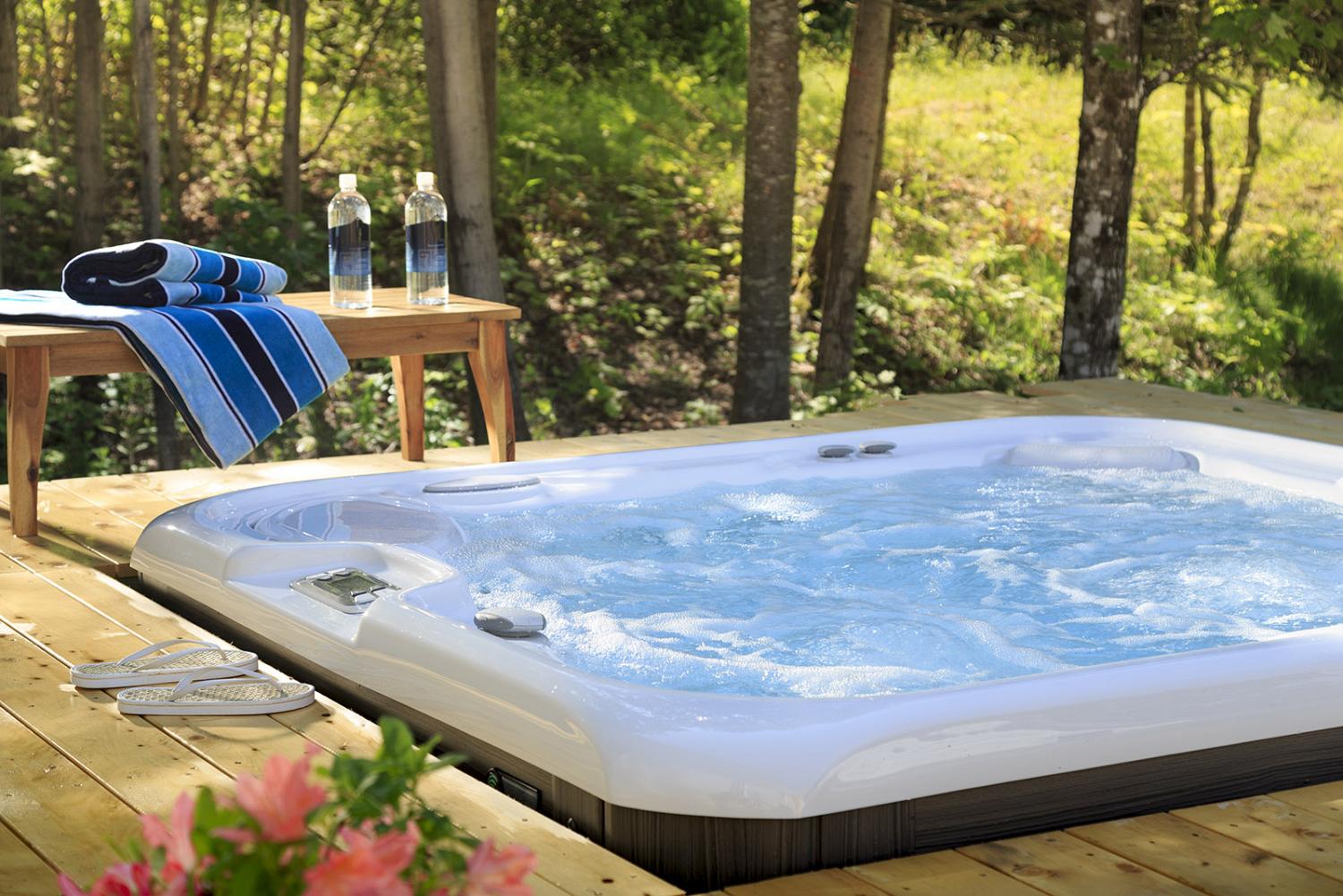
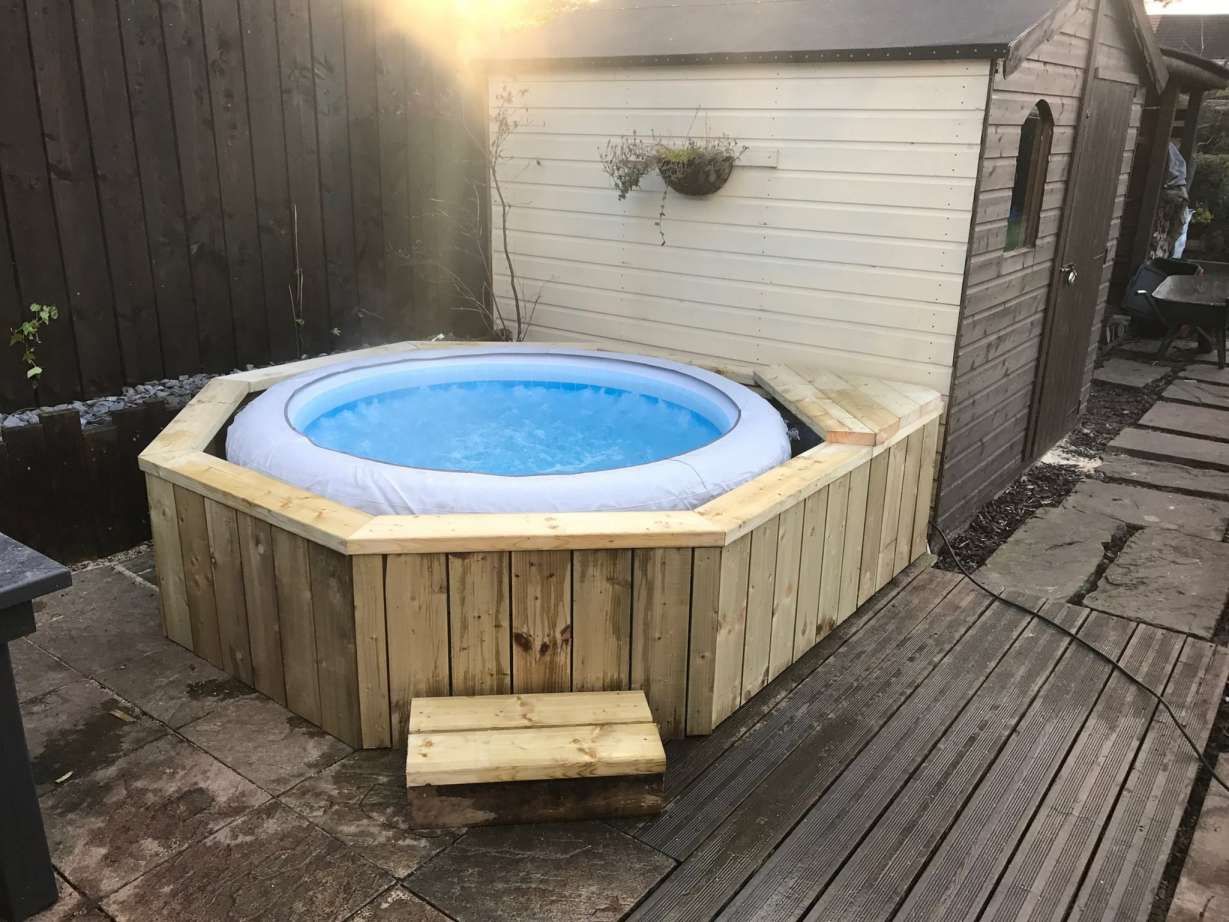
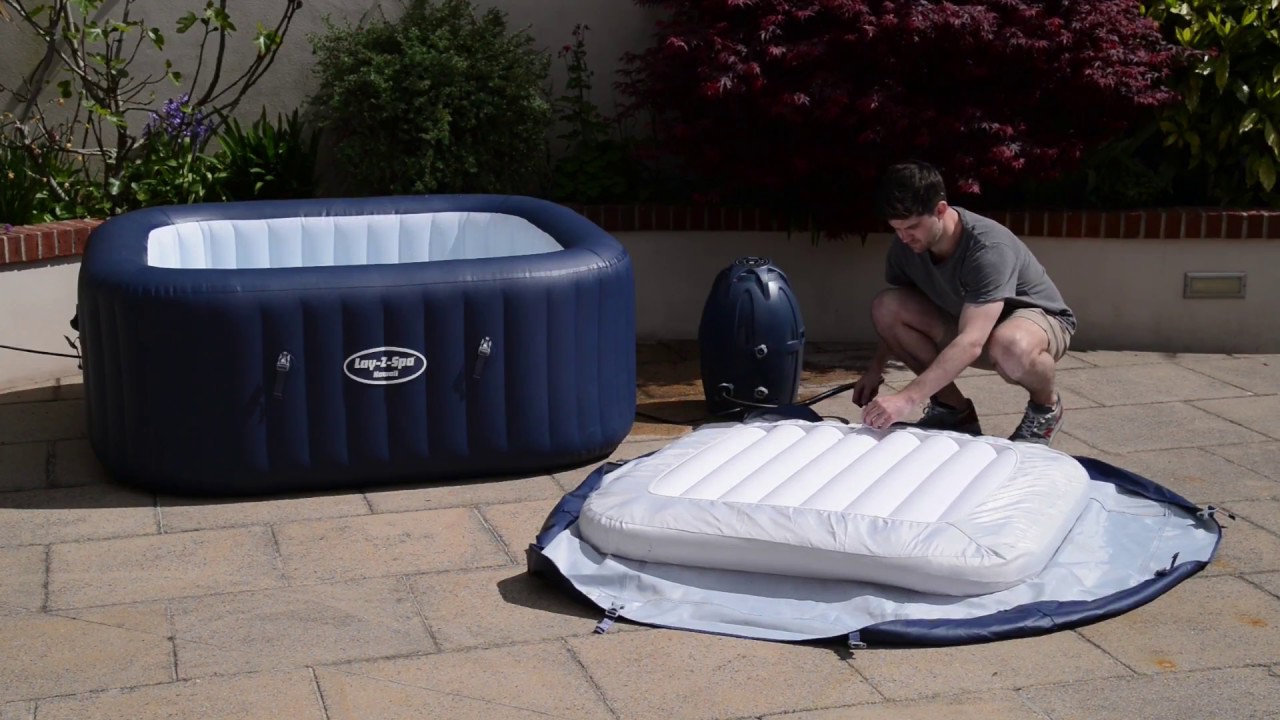
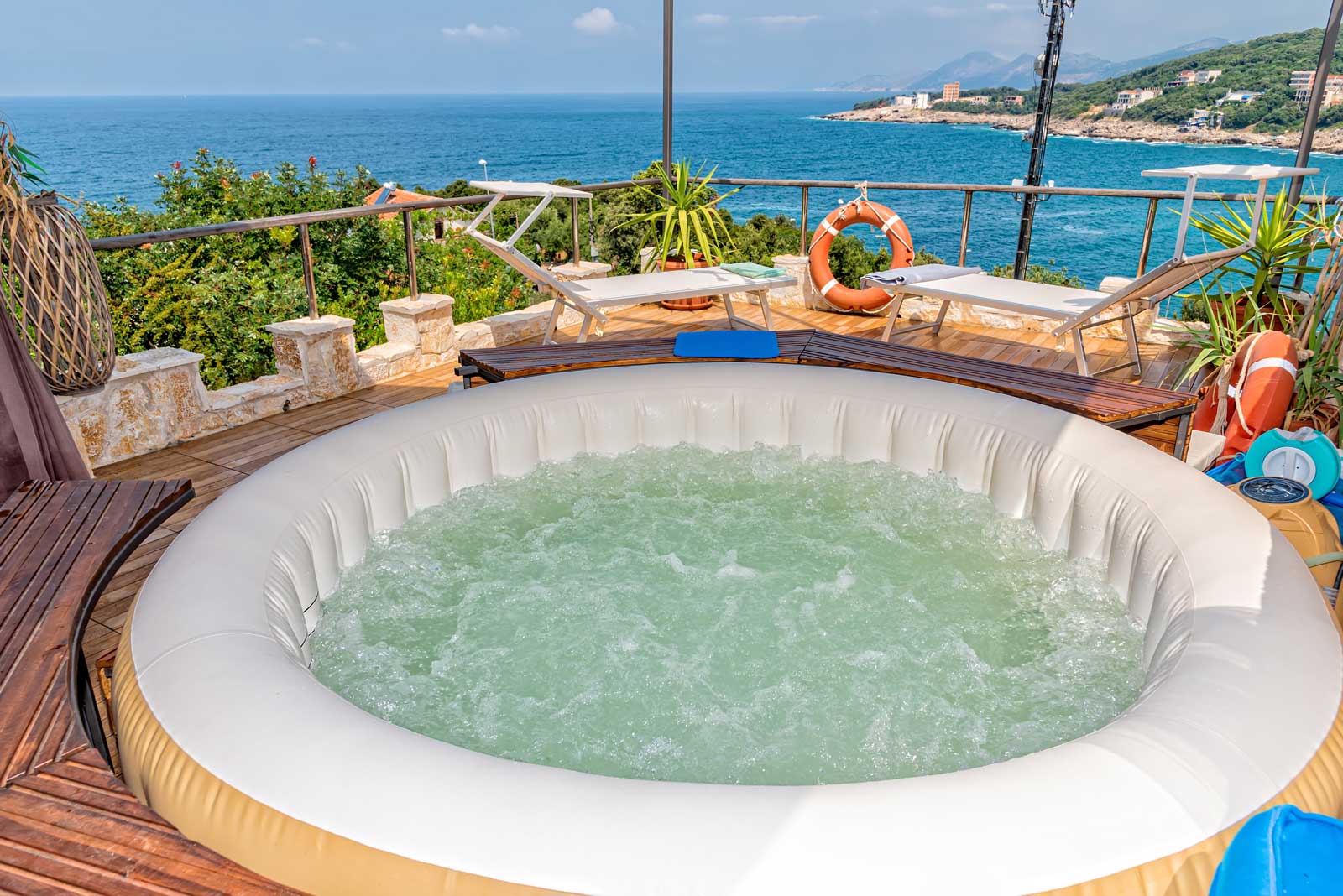

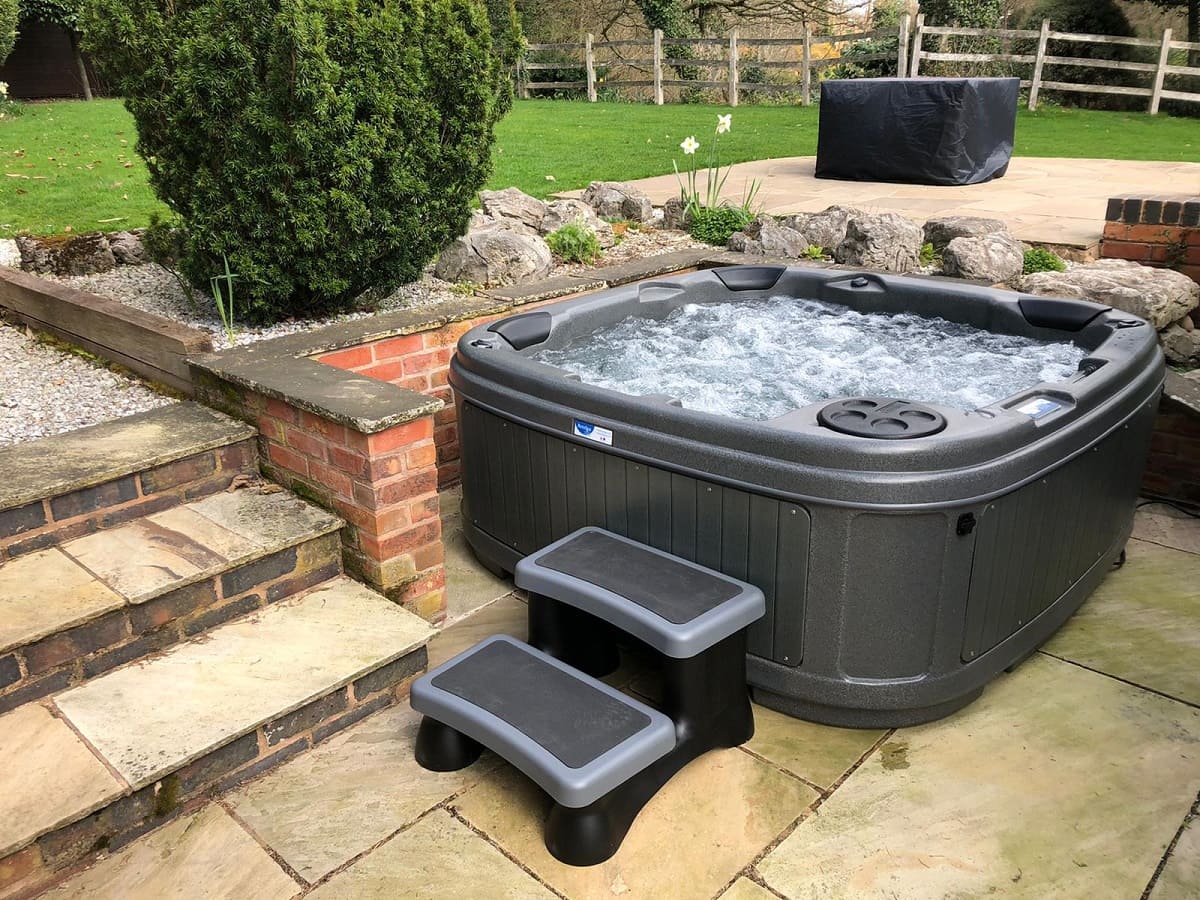


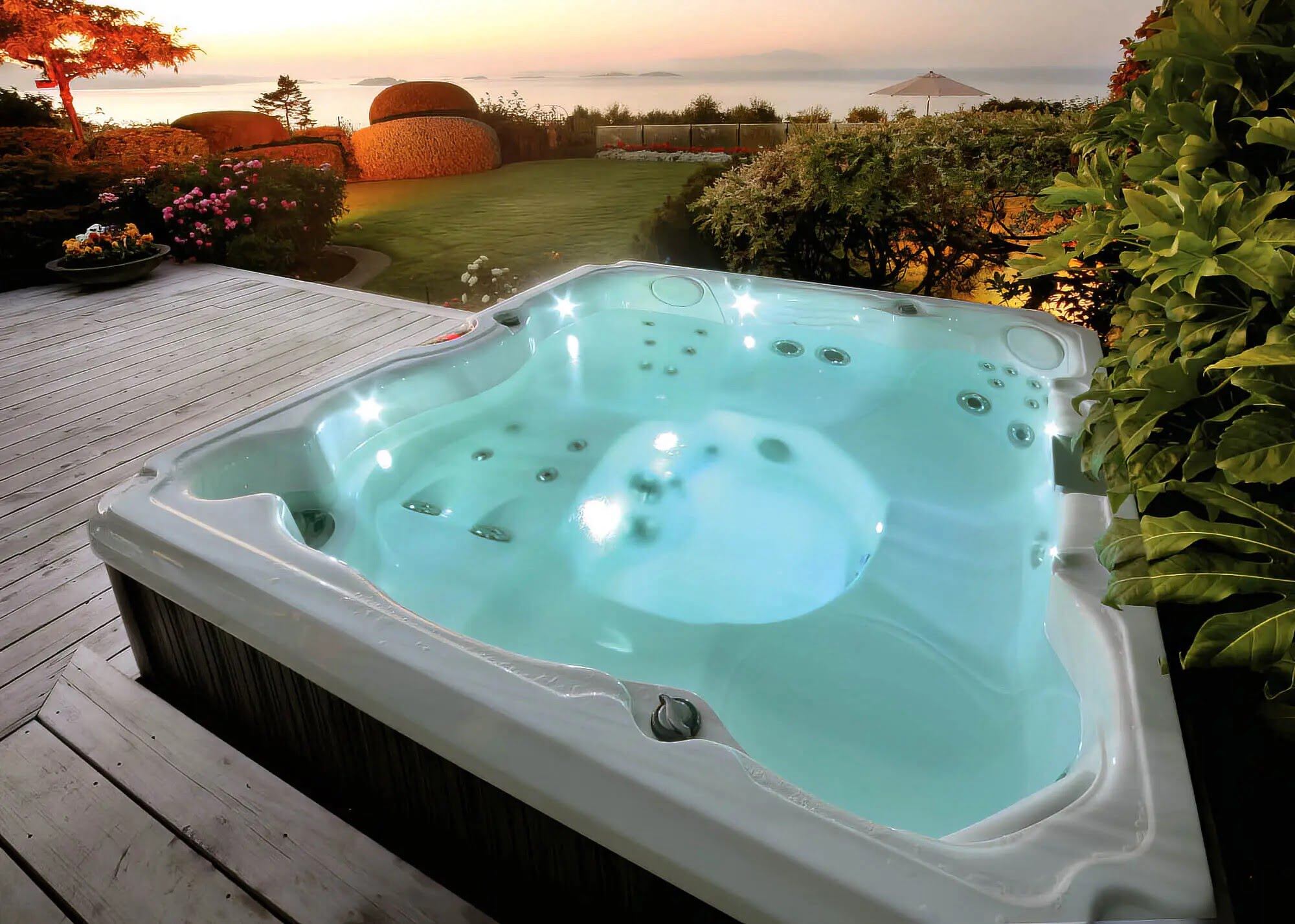
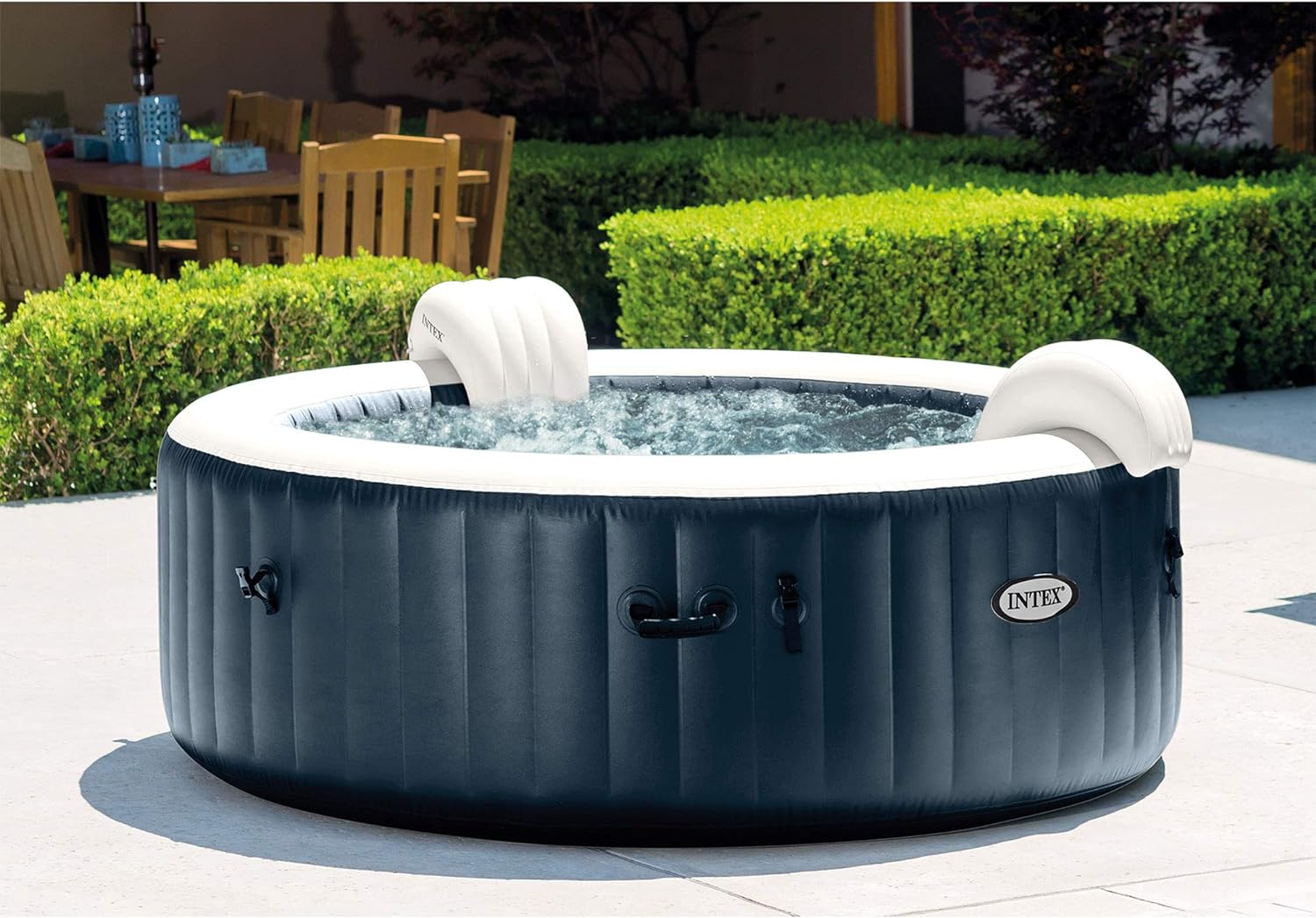
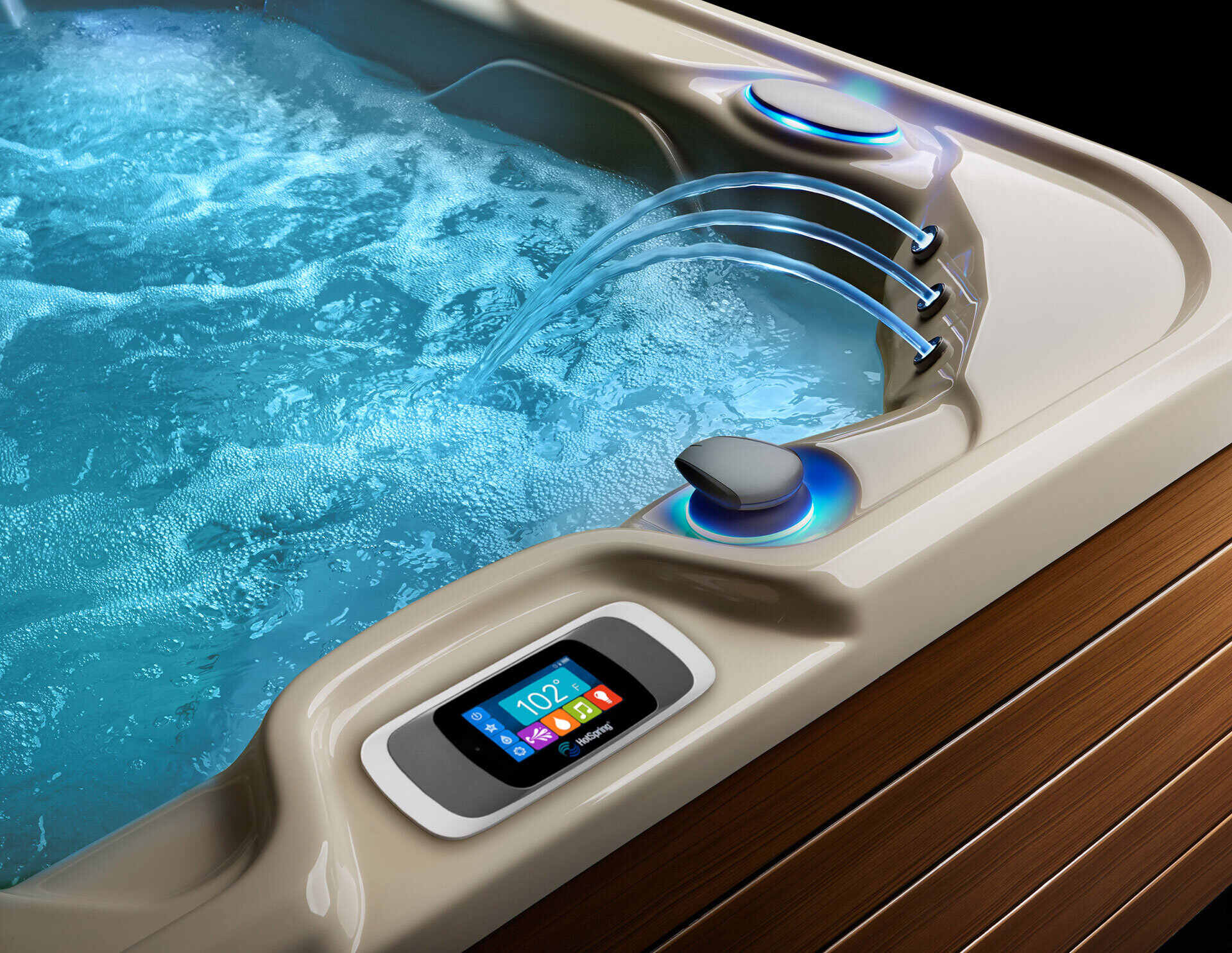
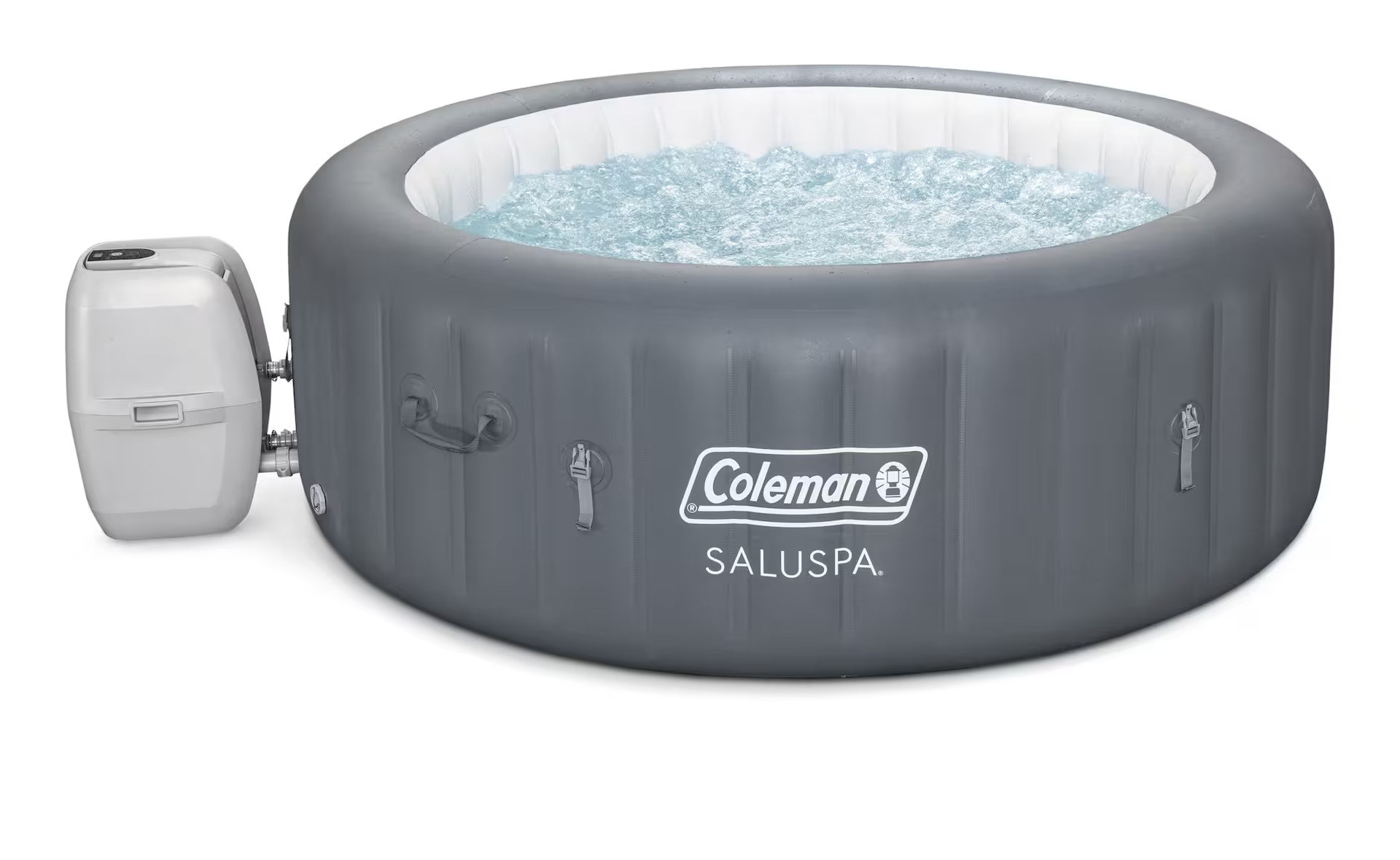

0 thoughts on “How To Cut Up A Hot Tub”